Elon Musk has been critical of government spending, as he and DOGE fire federal employees and post questionable savings numbers. However, Musk’s own companies have benefited greatly from government funds over the past two decades, especially during the last few years. The Washington Post has the charts showing the $38 billion.
The total amount is probably larger: This analysis includes only publicly available contracts, omitting classified defense and intelligence work for the federal government. SpaceX has been developing spy satellites for the National Reconnaissance Office, the Pentagon’s spy satellite division, according to the Reuters news agency. The Wall Street Journal reported that contract was worth $1.8 billion, citing company documents.
The Post found nearly a dozen other local grants, reimbursements and tax credits where the specific amount of money is not public.

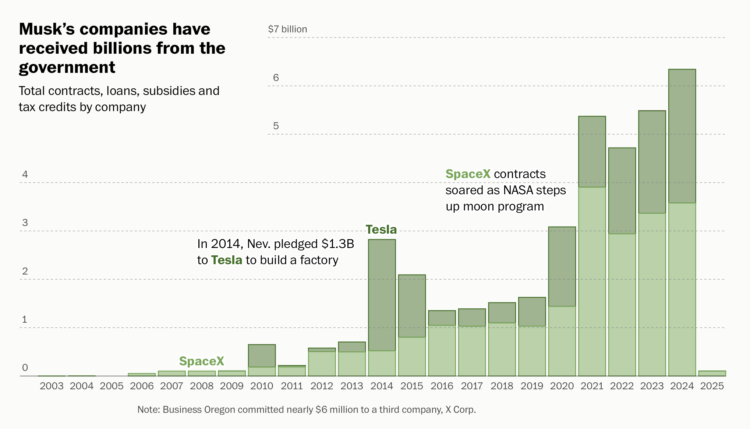
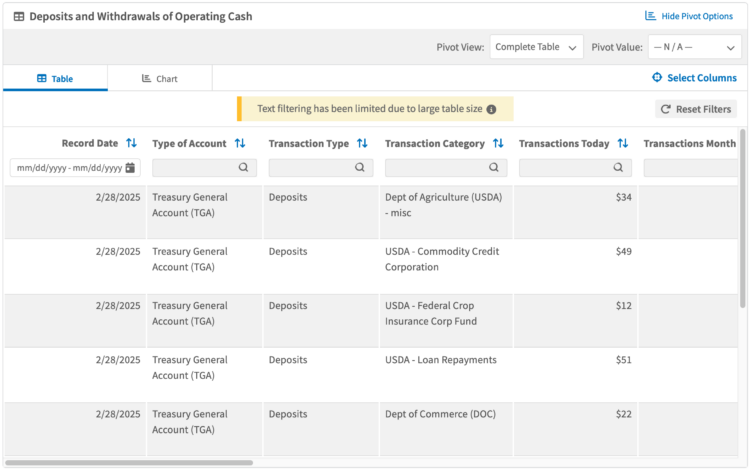



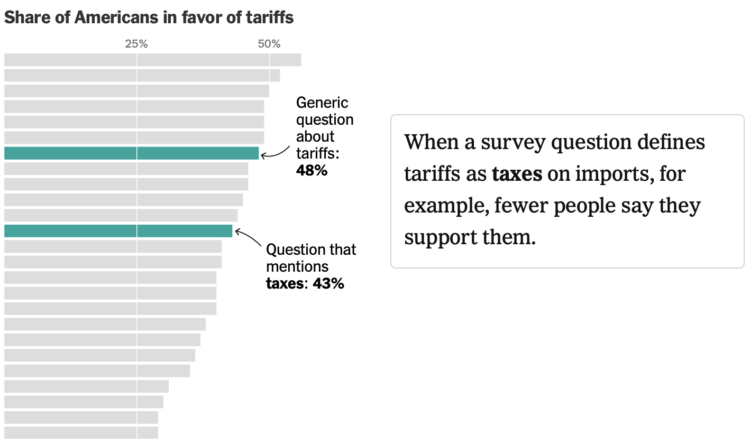
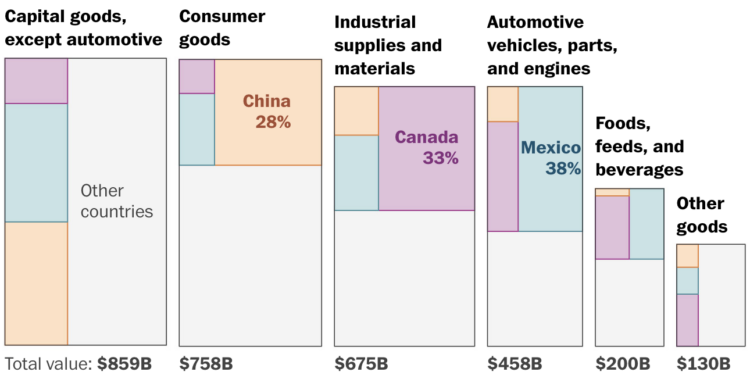
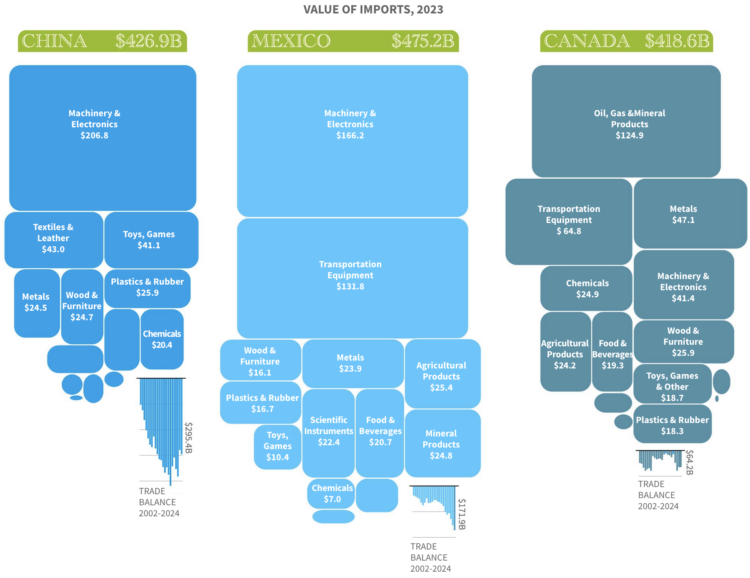


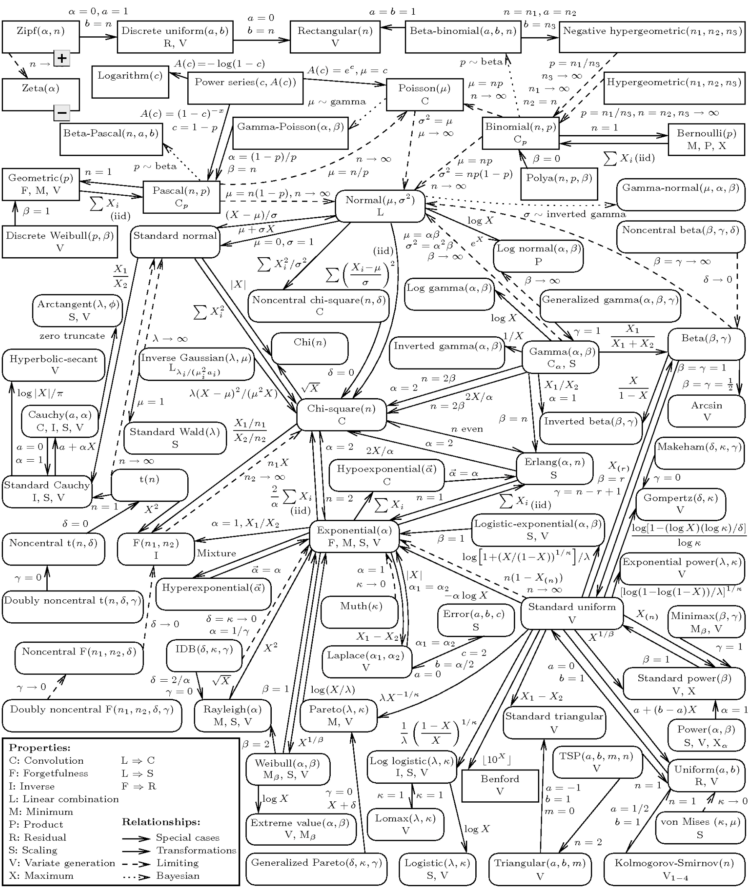


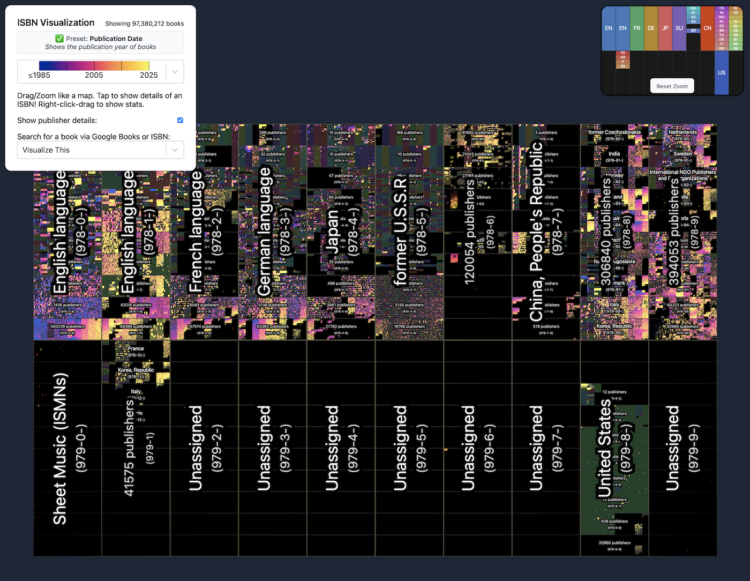
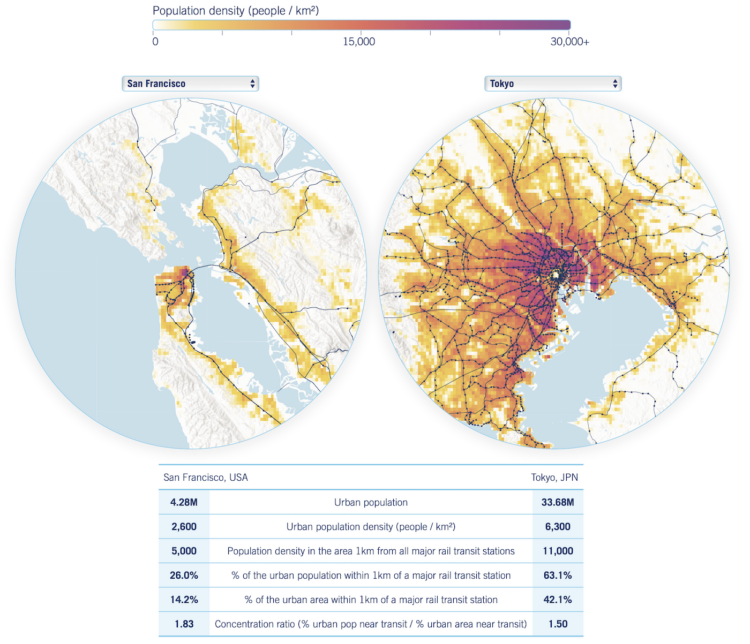
 Visualize This: The FlowingData Guide to Design, Visualization, and Statistics (2nd Edition)
Visualize This: The FlowingData Guide to Design, Visualization, and Statistics (2nd Edition)










